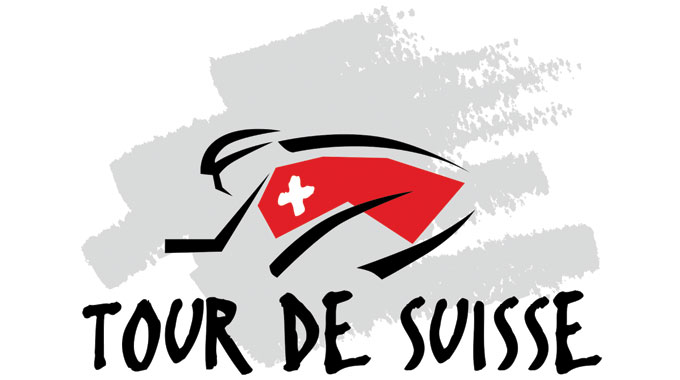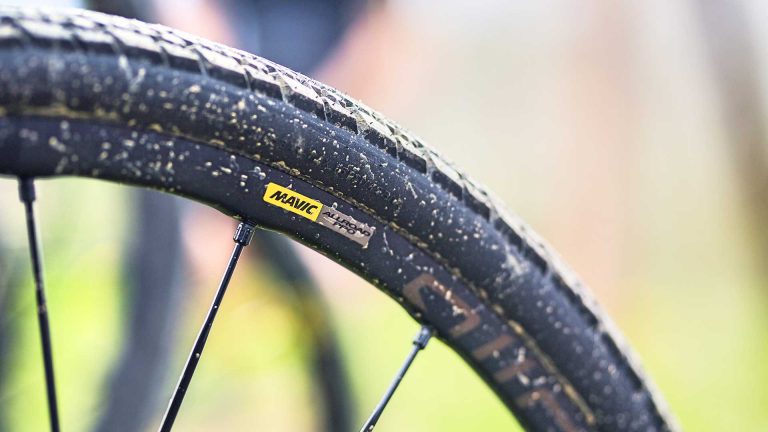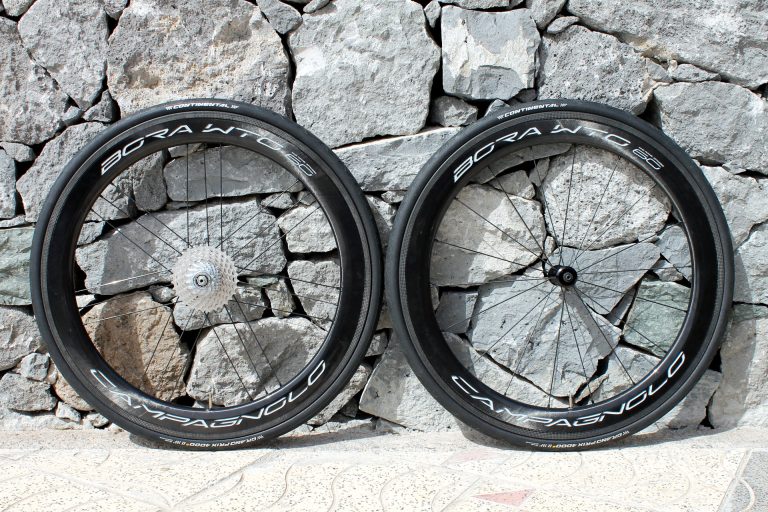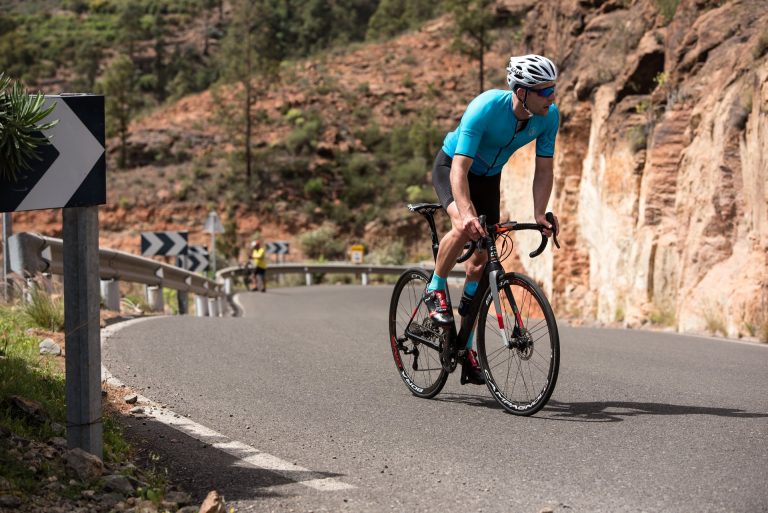The journey from local bike shop to velodromes commandeered for telemetry-driven bike fits for the stars of the UCI WorldTour has been a fascinating one for James Booth, Specialized UK’s sports marketing and PR manager.
A passion for cycling begun as a teenager, holiday work at his local bike shop, and a post-graduate career as a cycle journalist has led to his current position with one of cycling’s biggest brands, one he has shaped to reflect an enthusiasm that takes in the road, trails, and his greatest cycling love, cyclo-cross.
Booth’s opinion on a host of topics, from the latest technological developments to the responsibility he believes all cyclists bear to continue the growth of the sport, is one worth hearing.

Wider is better
By any standard, Specialized is a major player in the cycling industry. Founded in 1974 by Mike Sinyard, the brand’s first creation was a high performance clincher tyre. Specialized’s relationship with Omega Pharma-QuickStep’s world time trial champion, Tony Martin, is pushing the development of wider rubber. “We’re a big believer that wider is smoother and faster,” Booth says. “The days when everyone thought that narrower was faster have moved on.”
Specialized’s rolling resistance tests have satisfied the brand that a wider tyres rolls faster than narrower rubber, he reveals, as well as offering greater comfort. Conversely, very narrow tyres can be detrimental to performance, especially where the rubber is narrower than the internal section of the rim. “You lose movement in the tyre, grip and some of the suppleness, as well as small but important things like aerodynamics,” he says. “And they’re a lot less compliant.”
Experiments began with the creation of a Roubaix tyre with a 25c casing and 23c contact patch to combine greater volume with a contact patch typical of road tyre. The concept, and the subsequent conclusion that the contact patch is king, has informed the development of the new S-Works Turbo clincher and tubular tyres. The model year 2014 S-Works Roubaix comes equipped with the new rubber in 26mm flavour; the Tarmac and Venge with 24mm “The most important aspect is the contact patch,” says Booth, “which limits how the tyres rolls, how it feels, and to a certain degree, how much control you have.”

Bottom brackets and Di2
The plethora of bottom bracket standards is a situation that seemingly suits nobody. Customers are confused, bike shops overburdened with spares, and frame builders ….well, how do the manufacturers design a shell compatible with some many different systems? “It’s a factor you consider,” Booth says. “We don’t want to make a frame that is redundant when it arrives on the shop floor because of the latest chainset.”
Brands of the scale of Specialized plan their ranges one to two years in advance, he says. Happily, the leading component brands work to a similar timeframe. Cross-compatibility is the central issue of the frame builder, says Booth, and the knowledge that convertor kits are available. The days of 68mm, threaded bottom brackets have passed, he believes, made obsolete by the extra stiffness offered by an oversized shell.
The ‘revolution’ of hydraulic disc brakes on road bikes has begun, but the jury remains out on their necessity. For Booth, the technology is a game changer for the consumer market (“We will embrace it because it’s better braking,” he says simply. “Who doesn’t want to go faster and be able to stop safely?”) but its application in all sectors will depend on the UCI.
Electronic shifting has been the other major technical development of the last five years. While it remains the preserve of upper-tier groupsets, electronic shifting will remain an option only, Booth believes. He lists low maintenance among its key advantages, and increased weight among the drawbacks. Only when it is available at Shimano 105 level will it gain mass acceptance, he argues.

Aero, shoes, and pro fits
Specialized became an early advocate of aerodynamic tube profiles with the introduction of the Venge, and Booth is convinced of the merit to the cyclist of cheating the wind. “Aero will be the biggest change going forward and that’s from every standpoint: helmets, bikes, whatever,” he says. “Everybody wants to go faster, and if you can go faster for less effort you’re on to a winner.”
Specialized’s Evade helmet is a testament to their belief in aero, as is the S-Works+ McLaren time trial lid, the brand’s second collaboration with the Formula One outfit. The most significant accessory available to the cyclist, according to Booth, however, is not the helmet, but the shoe.
“Knees and hips are key,” he argues, to the amateur and professional alike. He invites RCUK to consider the amount of pedal strokes made even on an hour-long commute and includes pro cyclists among those likely to experience the most significant gains from equipment in their footwear. “Nine times out of 10, the biggest change that happens to a pro rider is what is put on their feet,” he says. The rapid development of custom insoles to create “a straighter, more aligned, piston-like pedal stroke” he believes has delivered significant performance gains.
Booth has worked with the Specialized Racing division responsible for fitting pro riders from Specialized’s three UCI WorldTour teams: Astana, Omega Pharma-QuickSte, and Saxo-Tinkoff. Specialized’s fitting team, headed by Dr Andy Pruitt, held fittings for Astana’s new Grand Tour leaders, Vincenzo Nibali and Jacob Fuglsang, at a velodrome in Nalini, close to Milan, at the beginning of the year, he reveals. “That calibre of rider will attract attention, so it’s a case of shutting it down, creating the right atmosphere, and running through the protocols.”

Booth’s personal highlight is working with Omega Pharma-QuickStep’s Niki Terpstra. The Dutchman’s enthusiasm saw Booth and his colleagues spend an almost an entire evening at the Mallorca velodrome, honing Terpstra’s position on Specialized’s Shiv time trial bike. “I reckon he would have stayed on that track all night,” Booth recalls.
Despite operating in a territory marked out by UCI regulations, the rider and fitters explored every parameter, up to and including the width of pad on Terpstra’s time trial bars. “It was really good to see someone really embrace it,” says Booth, “and to see what a key member of that team he has become.”
Backing winners
Booth decides which UK teams receive Specialized’s backing, from the shop teams of the brand’s dealer network to the UCI Continental squad, IG-Sigma Sport. His selections have enjoyed a successful year: three British road championships, four British mountain bike championships and three British cyclo-cross championships.
The goal of Specialized’s domestic sponsorships, winning aside, is to give something back to the sport: a gesture Booth’s formative experiences have left him well-placed to estimate. “When we started racing, we all rode for the shop jersey, and if you were lucky, the loan of a bike – but otherwise it was the shop jersey,” he laughs.
The phenomenal growth in the popularity of road cycling in the UK over the last five years was placed before the non-cycling public in an unmissable display with RideLondon. Booth sees a link between all cyclists: the family that rides together at weekends could be nurturing the next generation of pro cyclists in the RideLondon-Surrey Classic.

It’s a virtuous circle, but one that will continue to turn only if all cyclists shoulder their responsibilities, he believes: clubs can play a vital role in teaching bunch etiquette to newcomers; sportive organisers can recognise when a particular location is saturated with events, to the detriment of cycling’s reputation among the local population.
With cycling’s growth in popularity matched only by the speed of technical development and the continued success of British riders, the good times for the sport will continue, says Booth. The legacy of London 2012, he believes, has already delivered participation absent in the aftermath of the 2007 Grand Depart. “People have warmed to a sport in which we’ve started to achieve,” he says. “Everyone loves an underdog, but everyone wants to win.”
As one of a generation able to recall when a love of cycling, and the attendant necessities of lycra and shaved legs marked out a rider as uncool, Booth is enjoying the change, but is unaffected by it. No single discipline holds a greater appeal, he insists, but when he talks of the “beauty and brutality” of ‘cross, and of the camaraderie he says remains there while absent from other forms of the sport, it’s perhaps possible to discern a favourite.
Perception is a quality very much in the eye of the beholder, but for Booth, Specialized is a brand where everyone rides, from the engineers at the Morgan Hill HQ in California to his colleagues in Surrey. “I’m as happy riding in the Alps on my road bike, or riding in Wales on my mountain bike, as on the simplicity of a fixed,” he says. That one of cycling’s mega brands is ultimately staffed by enthusiasts is a reassuring thought.
Website: Specialized







